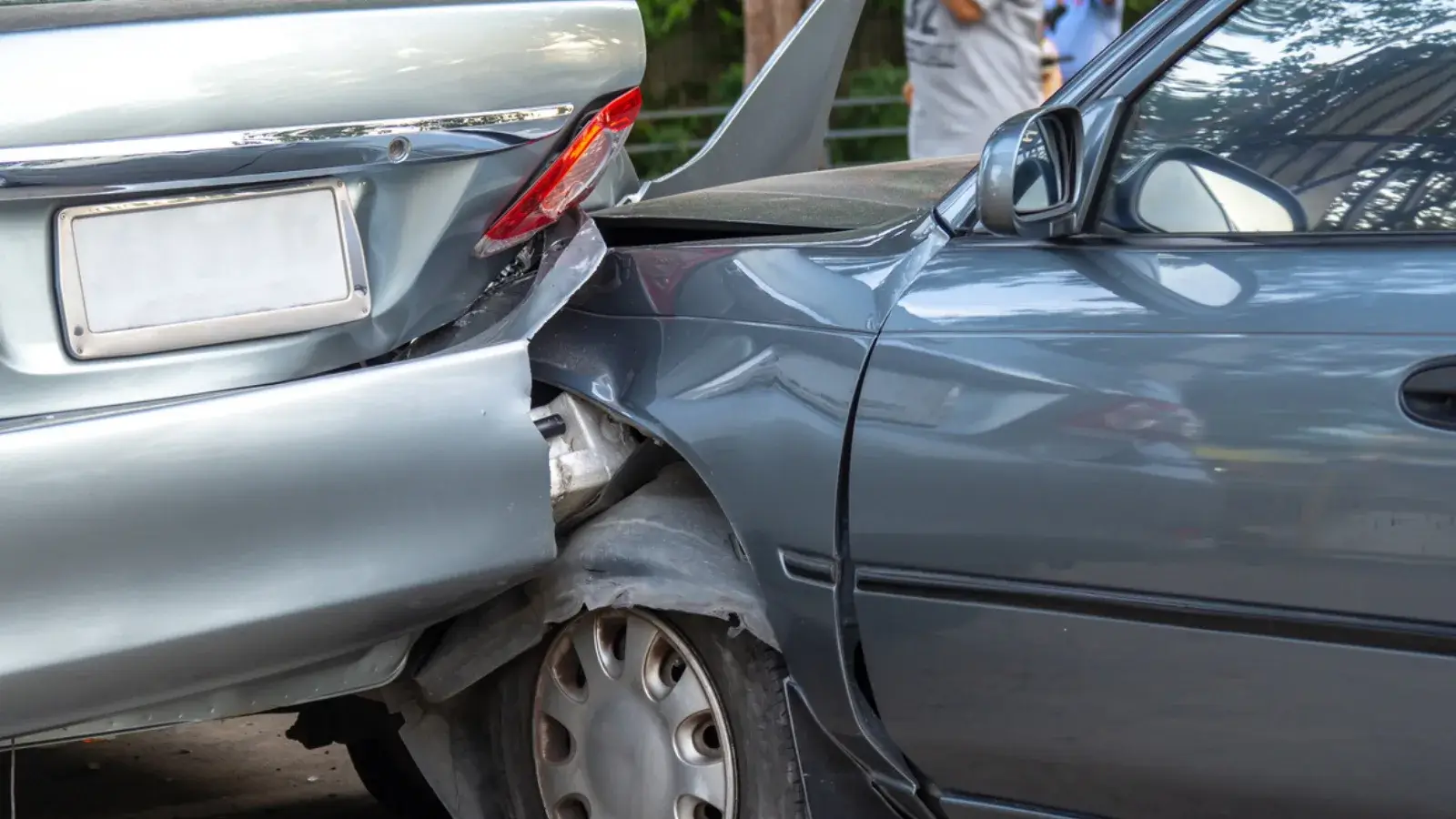


Car crash settlement amounts have seen changes in recent years, leading Kentucky business owners to question how these trends might affect their operations and insurance strategies. Settlement values for auto collisions are showing signs of growth in some cases due to factors like increased medical costs, legal shifts, and more aggressive claims processes. This can significantly impact the potential liability risks for businesses whose workers drive as part of their job duties.
Staying updated on settlement amounts is especially important since businesses must protect themselves from unexpected financial setbacks. Taking steps to understand recent accident trends and how insurance claims may play out can help companies avoid costly surprises tied to car accident lawsuits. Learn what to watch for when managing risk and how to respond if your company is involved.
By keeping an eye on these developments and reassessing insurance coverage regularly, businesses can position themselves to adapt and make informed decisions about risk management in Kentucky.
Car accident settlement payouts in Kentucky have shifted over the past several years, influenced by economic factors, legislative changes, and how liability is treated. Larger awards can impact business insurance rates and how claims are handled statewide.
Recent years have seen a noticeable increase in average payout figures for accident claims in Kentucky. Inflation has played a key role, pushing up costs for medical treatment, vehicle repairs, and other related expenses. Jury verdicts in certain cases have also resulted in higher awards, which has raised expectations during negotiations.
Greater public awareness of legal options is also affecting outcomes. Injured parties are more likely to seek full recovery for losses, including long-term care and lost earning potential. Many insurance companies are adjusting their payout guidelines to reflect these changes, leading to larger typical agreements following collisions.
According to current data, settlement figures in Kentucky vary widely, but the upward trend appears clear when compared to prior years. For serious bodily harm or extensive property damage, the amounts can be significantly higher than what was typical a decade ago.
Several factors drive increases in personal injury damages. The most significant contributors are medical expenses, loss of work income, and pain and suffering, each evaluated based on the unique facts of every collision.
Court precedents also shape the landscape. When large awards are given in court, it can influence both sides to agree to higher compensation during negotiations to avoid lengthy trials. Increasing healthcare costs tend to push settlements higher as well.
Severity of bodily harm is closely linked to the outcome of a claim. For instance, cases that involve permanent disability, long-term rehabilitation, or impact on the ability to work often result in higher compensation.
Kentucky uses a pure comparative fault standard, which means damages are distributed based on each party’s degree of responsibility. If a claimant is assigned 30% responsibility for the incident, any damages awarded are reduced by that percentage.
This approach can both increase and decrease the total payout, depending on the facts. Even if an injured individual is found to be mostly at fault, they may still recover partial damages, though the compensation will be adjusted down.
For businesses, this legal framework can influence defense strategies and insurance negotiations. Pure comparative fault introduces both risk and opportunity when analyzing potential outcomes for accident claims in the state.
Kentucky business owners face increasing risks, higher payout demands, and fast-changing legal exposures related to vehicle accidents. Understanding how settlements are determined and what proactive measures to take can make a significant difference in financial outcomes.
Each business operating vehicles is responsible for any harm caused by its drivers during work duties. Kentucky follows a comparative negligence system, meaning liability can be shared between involved parties based on the level of fault. The presence or absence of adequate training, maintenance routines, and strict policy enforcement often impacts fault assessments.
Severity of injuries, documented evidence, and accident history can significantly raise potential payouts if a business is found at fault. Damages now extend beyond medical bills, often including lost income, pain factors, and sometimes punitive awards. Failing to have thorough incident reports and clear driver agreements can result in magnified exposures for the business.
Choosing robust auto liability shields is critical, as rising verdicts sometimes outpace minimum policy limits in Kentucky. Carefully review each policy for gaps around bodily harm, damages to property, and coverage for legal defense. Sometimes, endorsements or higher policy limits are required to withstand large personal injury or bodily harm claims.
Working with a seasoned broker can help identify hidden vulnerabilities in insurance arrangements. Regular review of coverage types, combined with proactive claims management training, ensures both compliance and financial safety.
The process often starts with submissions to a claims adjuster, who evaluates both economic damages and more subjective factors such as pain. Maintaining detailed logs of every medical visit, repair cost, and communication is key to a solid defense. Documentation often includes police reports, vehicle maintenance records, and all relevant correspondence.
Legal action is increasingly common if early settlement talks fall short. Timely cooperation with an accident lawyer familiar with Kentucky statutes helps control the narrative and validate defenses. Swift evidence collection and open dialogue with the insurance company can sometimes minimize drawn-out disputes or litigation.
Preventative steps can directly reduce the number and cost of claims. Implement a formal driver safety program, hold regular training sessions, and enforce written protocols for reporting accidents. A sample checklist could include:
Regular review of driver records
Immediate, detailed event documentation
Scheduled maintenance for fleet vehicles
Ongoing policy audits with the insurance provider
Additional attention should be paid to employee education on legal obligations and accident scene behavior. Working relationships with legal counsel and insurance professionals help update processes in response to changing laws, ultimately keeping risk levels lower for all parties.